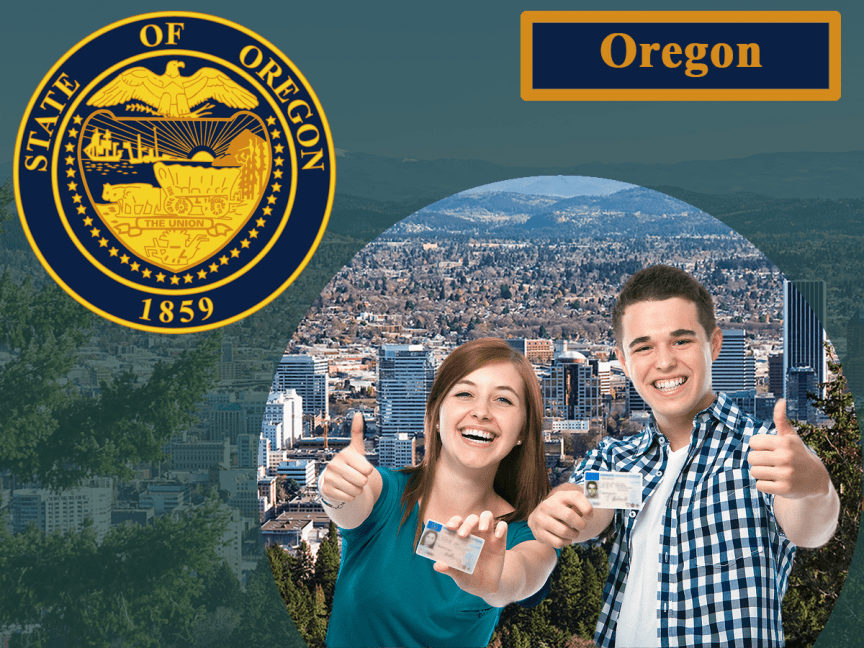Oregon’s auto insurance landscape presents a unique set of challenges and opportunities for drivers. Understanding the state’s specific requirements, coverage options, and rate-influencing factors is crucial for securing affordable and adequate protection. This guide delves into the intricacies of Oregon auto insurance, empowering you to make informed decisions and navigate the system with confidence.
From mandatory liability coverage and penalties for non-compliance to strategies for finding the best rates and understanding uninsured/underinsured motorist protection, we’ll explore every facet of Oregon’s auto insurance regulations. We’ll also examine the roles of different insurance providers and agents, offering practical advice to help you secure the most suitable coverage for your needs and budget.
Factors Affecting Oregon Auto Insurance Rates

Several key factors influence the cost of auto insurance in Oregon. Understanding these factors can help you make informed decisions and potentially save money on your premiums. These factors interact in complex ways, so it’s impossible to predict your exact rate without a specific quote from an insurer, but understanding the general principles can be very helpful.
Driving History’s Impact on Premiums
Your driving record significantly impacts your Oregon auto insurance rates. Insurance companies assess risk based on past driving behavior. Accidents, traffic violations (speeding tickets, reckless driving), and DUI convictions all lead to higher premiums. The severity and frequency of incidents are considered. For example, a single minor accident might result in a modest premium increase, while multiple accidents or serious violations like a DUI could lead to significantly higher rates or even policy cancellation. Maintaining a clean driving record is the best way to keep your premiums low. Some insurers offer discounts for accident-free driving periods, rewarding safe driving habits.
Age and Gender Influence on Insurance Costs
Age and gender are statistical factors used in Oregon auto insurance rate calculations. Younger drivers, particularly those under 25, generally pay higher premiums due to statistically higher accident rates in this age group. This is because of a lack of experience and a tendency towards riskier driving behaviors. As drivers age and gain experience, their premiums usually decrease. Gender can also play a role, although the extent varies among insurers and is subject to ongoing legal and regulatory scrutiny. Historically, certain gender groups have been statistically associated with lower accident rates, potentially leading to lower premiums. However, this is a complex issue and regulations aim to ensure fair and equitable pricing.
Vehicle Type and Model’s Effect on Rates
The type and model of your vehicle significantly influence insurance costs. Higher-value vehicles, sports cars, and vehicles with a history of theft or accidents typically have higher premiums due to increased repair costs and higher risk of loss. Conversely, less expensive and less frequently stolen vehicles may result in lower premiums. Features like anti-theft systems can also influence rates; vehicles equipped with these systems often receive discounts. The vehicle’s safety rating, as assessed by organizations like the IIHS (Insurance Institute for Highway Safety), also plays a role; vehicles with high safety ratings may qualify for discounts.
Location (Zip Code) and Insurance Premiums
Your location, specifically your zip code, is a crucial factor in determining your Oregon auto insurance rates. Insurance companies analyze accident rates, crime statistics, and the frequency of vehicle theft in different areas. Areas with higher rates of accidents or theft will generally have higher insurance premiums. Living in a rural area with lower accident rates might lead to lower premiums compared to a densely populated urban area with higher accident frequency. This reflects the increased risk associated with certain locations.
Understanding Oregon’s Uninsured/Underinsured Motorist Coverage

Driving in Oregon, like anywhere, carries inherent risks. One significant risk is the possibility of being involved in an accident with an uninsured or underinsured driver. This is where uninsured/underinsured motorist (UM/UIM) coverage becomes invaluable, providing a crucial safety net to protect you and your passengers. Understanding this coverage is essential for ensuring adequate protection on Oregon roads.
Oregon law requires drivers to carry liability insurance, but not everyone complies. Furthermore, even those with insurance may have inadequate coverage to compensate you fully for your losses after an accident. UM/UIM coverage bridges this gap, compensating you for injuries and damages caused by an at-fault driver who lacks sufficient insurance or has no insurance at all. This coverage is separate from your collision and comprehensive coverage, which typically cover damages to your vehicle regardless of fault.
Situations Requiring Uninsured/Underinsured Motorist Coverage
This coverage is critical in various scenarios involving accidents with at-fault drivers who are uninsured or underinsured. The situations where this coverage becomes crucial often involve significant financial implications for the injured party. Failing to secure adequate UM/UIM coverage leaves you vulnerable to substantial out-of-pocket expenses.
Examples of Uninsured/Underinsured Motorist Coverage Application
Several scenarios illustrate the importance of UM/UIM coverage. For instance, imagine you’re stopped at a red light when an uninsured driver runs into your vehicle, causing serious injuries and significant damage to your car. Your own liability coverage would not pay for your medical bills or vehicle repair, as you were not at fault. Your UM/UIM coverage would step in to cover these costs. Another example might involve an accident with an underinsured driver. Let’s say another driver rear-ends you, causing $20,000 in damages to your vehicle and $30,000 in medical bills. The other driver only has $15,000 in liability coverage. Your UM/UIM coverage would help cover the remaining $45,000 – $15,000 = $30,000.
Limits of Uninsured/Underinsured Motorist Coverage and Adjustments
UM/UIM coverage is expressed as monetary limits, typically stated as per-person and per-accident limits. For example, a policy with 100/300 limits means up to $100,000 per person injured and up to $300,000 total per accident. It is crucial to understand that these limits are separate from your bodily injury liability limits. These limits can be adjusted to better suit your individual needs and financial circumstances. While higher limits offer greater protection, they also increase premiums. Carefully consider your risk tolerance and financial capabilities when selecting your UM/UIM coverage limits. It’s advisable to consult with an insurance professional to determine the appropriate coverage level for your specific situation.
Wrap-Up

Securing the right auto insurance in Oregon requires careful consideration of various factors, from your driving history and vehicle type to your location and the specific coverage you need. By understanding Oregon’s insurance requirements, comparing quotes from different providers, and proactively seeking ways to lower your premiums, you can obtain comprehensive protection without breaking the bank. Remember, being well-informed is the first step towards securing your financial well-being on the road.
Popular Questions
What happens if I get into an accident and I don’t have insurance?
Driving without insurance in Oregon is illegal and can result in significant fines, license suspension, and even vehicle impoundment. You’ll be held financially responsible for any damages or injuries caused.
How often can I expect my insurance rates to change?
Insurance rates can change periodically, often annually, based on factors like your driving record, claims history, and changes in the insurance market. It’s beneficial to review your policy regularly and compare quotes from different providers.
Can I get my insurance cancelled?
Yes, your insurance can be cancelled for various reasons, including non-payment of premiums, fraudulent claims, or significant changes in your risk profile (e.g., multiple accidents).
What is the difference between liability and collision coverage?
Liability coverage pays for damages or injuries you cause to others. Collision coverage pays for repairs to your vehicle, regardless of fault.